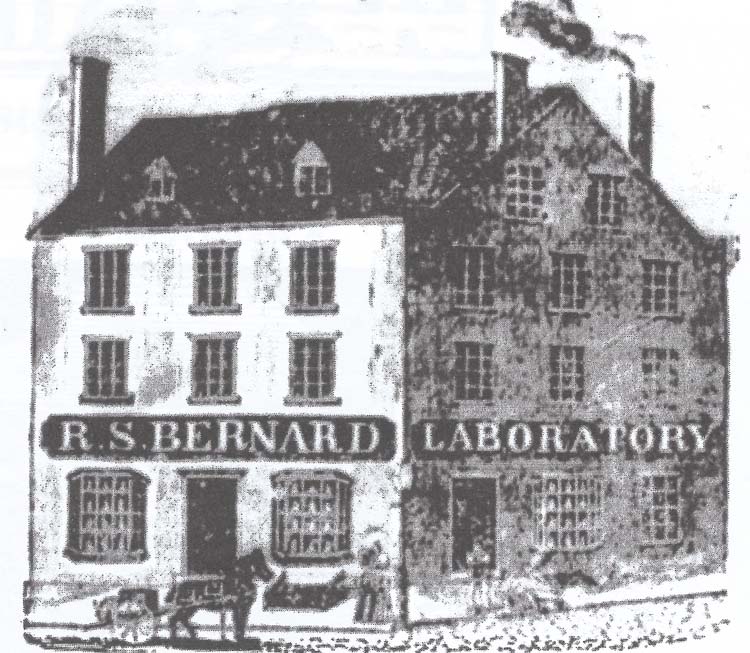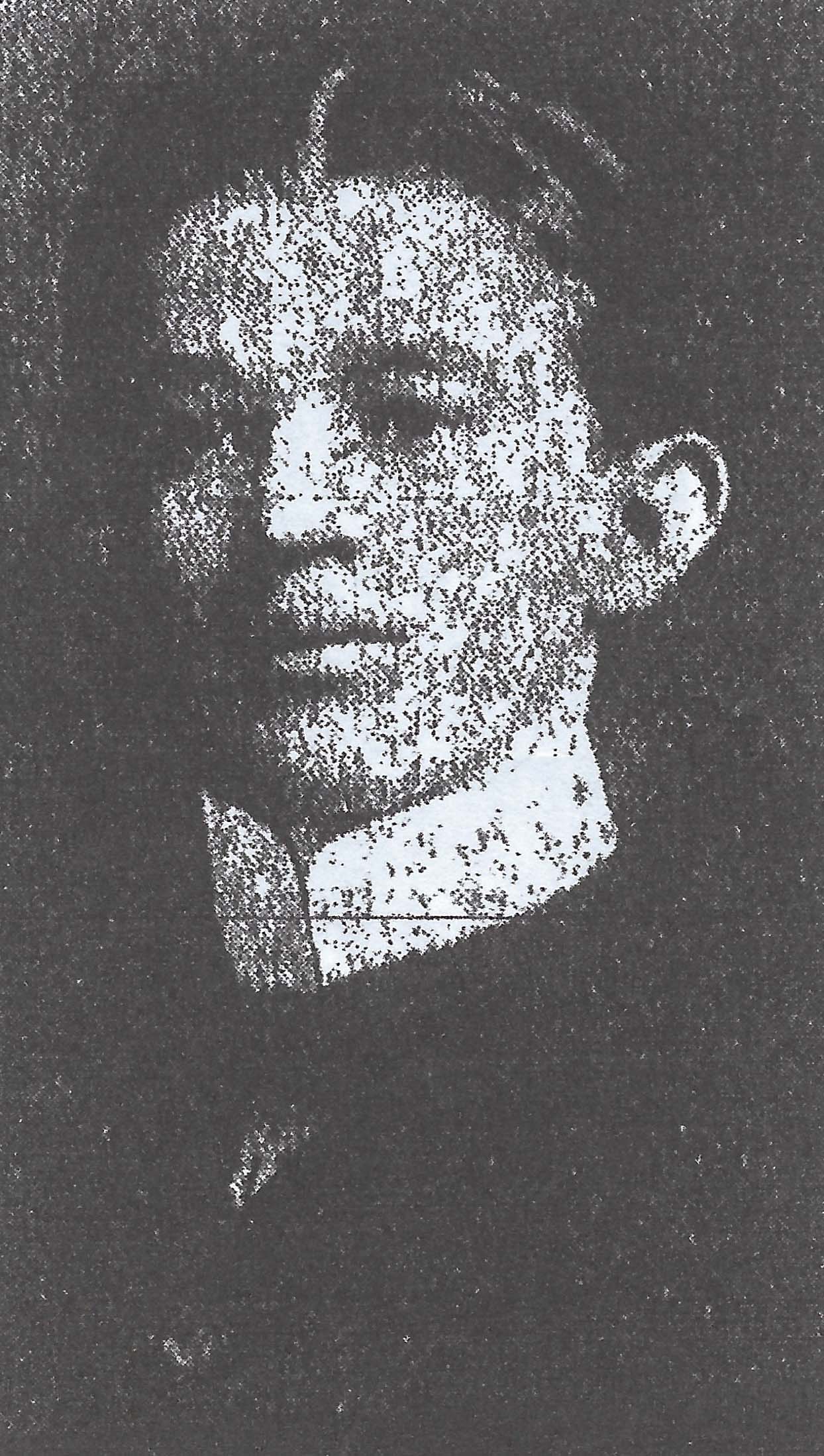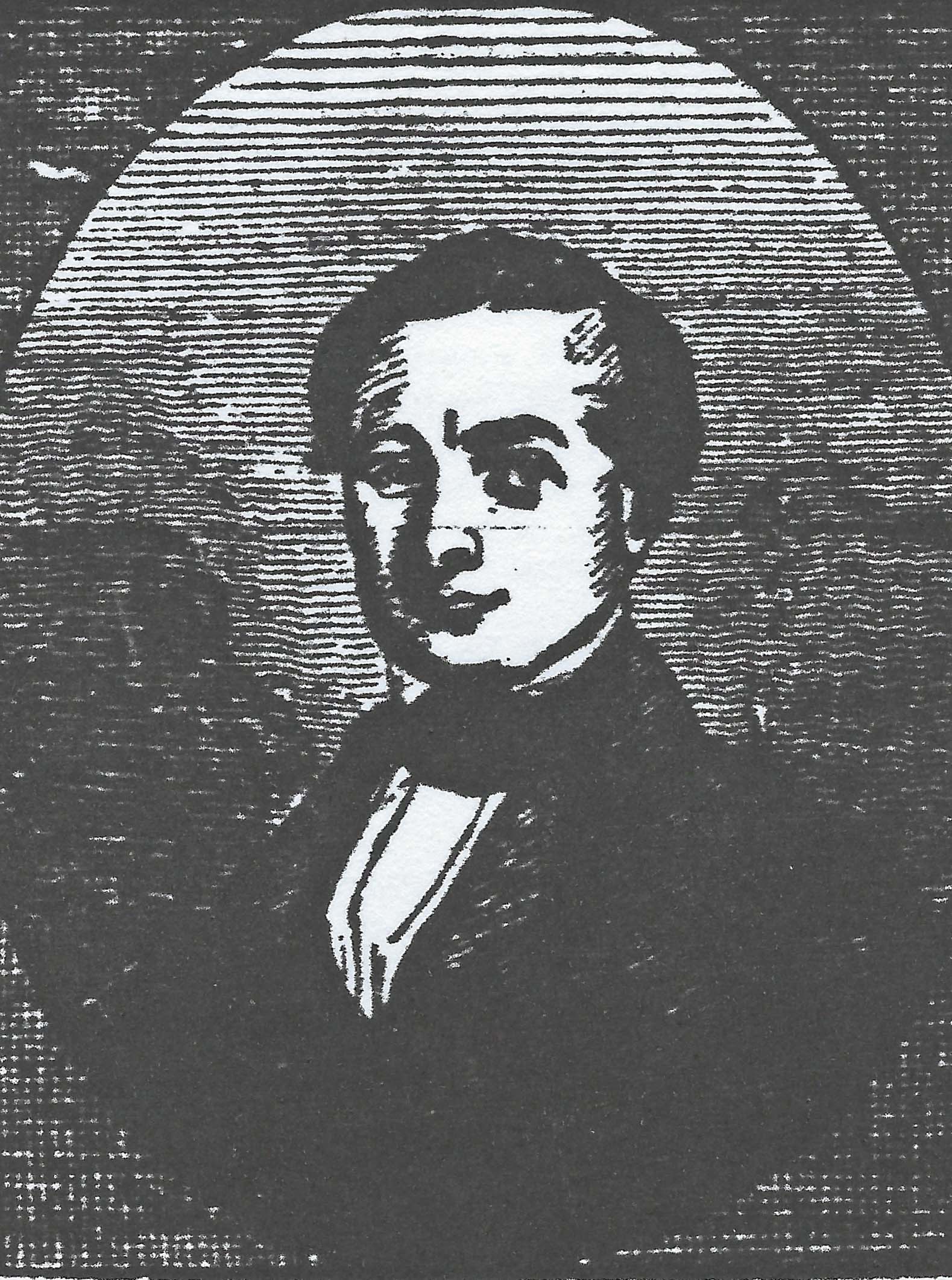Historical Reminiscing with Robert B.
Hitchings
Copyright.
All rights reserved.
The Local Pharmacists
Many historians write about their own old family doctors, visiting the sick at home or doing their regular rounds at a local hospital facility. However, it’s sad no one ever thinks about the local druggist that kept the ordinary men and women well and alive in their community when very sick. And each citizen, like myself, had extraordinary stories to share. Unfortunately, these men and women do not get much recognition or accolades. It is seldom they even get a simple thank you from the general community. These valuable and talented men were busy when Norfolk was visited by unusual diseases coming from ships that had visited lands of the Caribbean. Many of these skilled herbalists had their own apothecary shops in the 17th & 18th centuries here in America. Some call themselves a chemist, druggist, or just plain Doc. It was the local druggist that kept the locals well.
Like many health care professions, the origins of pharmacy can be traced back thousands of years to Egypt. However, the earliest pharmaceutical text ever discovered dates back to the Mesopotamians in 2100 BC. Early civilizations and our early ancestors realized there were medicinal properties contained within our natural world. Even the Indians transformed leaves, seeds, bark and even insects into medicine to cure the sick. And how many times have we heard the word “Medicine Man.”
In colonial America apothecary shops were very popular and many owners practiced as a doctors. Records show that the local druggist made house calls to treat patients. They made and prescribed medicines, and they trained apprentices to follow them in their profession. And many worked with local doctors, barbers, and midwives.However, it would be the Philadelphia College of Pharmacy that would open up in 1821 training young male students to be pharmacists.
One such man in Norfolk, Virginia, was Robert S. Bernard (1808-1855) who operated his shop on Main Street until he died in the yellow fever epidemic in September 1855. Bernard was called the local druggist and throughout decades he ran advertisements in the local newspapers about his business. Many folks would write to the local newspapers about being cured by Robert Bernard. His drugs were known for their cures of cholera, diarrhea, summer complaint and other sicknesses during the summer months. Mr. Bernard was certainly a household name in the city of Norfolk. It is believed that his father was Philip Bernard, a local doctor who migrated from Santo Domingo during the slave rebellion in 1795. One hundred and fourteen ships of French refugees came ashore at Norfolk, Virginia, and made their home here.
On February 15, 1832, he married Nancy Broughton (1816-1855), the daughter of Thomas Broughton. Her father and brother were editors of the American Beacon, the newspaper better known as the Norfolk & Portsmouth Advertiser.On September 4, 1846, Robert Bernard’s picture appeared in the American Beacon Newspaper, advertising his medical cures for cholera morbus, diarrhea, summer complaints, colic, cramps and spasms.
During the yellow fever epidemic, he was hard at work doing his best to save lives. But like so many he and his wife died in September 1855.
The Richmond, Virginia, newspaper reported that on August 24, 1855, Nancy Bernard, his wife was reported recovering from the fever, but she took a bad turn within a few days. On September 11, 1855, Druggist Doc. Robert S. Bernard died at his post in trying to save so many. I believed he was buried on the large Broughton lot in Cedar Grove cemetery next to his wife and children. Druggist Bernard & family have no markers.
We also had another famous druggist who was very successful here in Norfolk. He was Manuel A. Santos, (1798-1859), a citizen of the Borough of Norfolk and a native of Portugal. Here in Norfolk he was always referred to as Doc Santos. He married a Miss Mary Rogers (1803-1839) on January 5, 1826, and the security for the marriage bond was Nathan Colgate Whitehead, who later would become the President of the Farmers Bank. In 1825, he was advertising in the local newspaper his druggist shop on Main Street. And it was Dr. Whitehead, one of his faithful clients, who supported him as a druggist. On August 5, 1839, his wife Mary passed away, age 36, leaving a small family. On June 1, 1841, we see Doc Santos marrying Eliza A. Kerman (1815-1893). After Doc Santos passed away in 1859, his son Charles A. Santos (1828-1896), also a druggist, carried on the family business up to the date he passed away in 1896. However, it was Charles A. Santos, and his aged father who worked tirelessly during the yellow fever epidemic, both nobly remained in the city dispensing medicines so badly needed from the house in which he passed away. This was according to his obituary.
Pharmaceutical preparations made with great care and of the best materials that can be obtained, Extracts, Essential Oils, &c. are pure and fresh and all articles of the most approved qualities, and will be put up in nestest manner and packed with the greatest care for purchasers. Santos Pharmacy newspaper advertisement.
Another druggist in our area was John R. Ludlow (1827-1896). He had a privileged life and was raised by his uncle who was President of the local Bank. He turned his attention to politics in later life and was elected to four terms as Mayor of Norfolk. He was also captain of the 6th Virginia Regiment CSA. He had married Maria Jamesson (1825-1890), daughter of Commodore William Jamesson (1791-1872) USN. They had no children.
On August 31, 1910, there appeared in the newspaper of Norfolk, another well known druggist, a Mr. Jacob L. Strole, (1888-1967), president and owner of the Strole Drug Store on Charlotte & Granby streets, one of the largest and most progressive retail establishments of its kind here in Norfolk. A native of Page County, Virginia, he graduated (1901) as a pharmacist from the University College of Medicine in Richmond, VA. He had come to Norfolk in 1905 and he and his had one of the first establishments that filled prescriptions day and night
Today it’s more up to the pharmacist than how his predecessors mixed ingredients together many years ago. It’s a seven years to become a pharmacist. When I was a mere boy, during the 1950s, I remember Grays Pharmacy like yesterday and old Doc. Duryea Gray (1893-1983), a local pharmacist here in Norfolk. He to took care of the folks in Edgewater, Larchmont and others living around Kellem Avenue. Everyone seemed to know old Doc. Gray, but he was not a physician even though everyone called him Doc. Gray. Many times old Doc Gray sat me down on his stool in his office and looked at my little cuts before prescribing some type of ointment. As a child, I remember looking around the store at all the large pictures on the walls, scenes of doctors looking and taking care of their patients. I also remember the stand full of stuffed animals that he sold in his store. And one cannot forget the delicious ice cream cones at his counter. Doc. Gray was the local pharmacist and everyone loved and trusted him.
I remembered when my Grandmother Hitchings (1878-1967) came down with the grip. Today, we call this the flu. Old Doc Gray would go back into his office and fix up some sort of concoction and within a few days Grandma was well.
I also remember when I was sick old Mr. Milton M. Greenberg (1905-1986) at 4801 Powhatan Avenue & 48th Street would make sure his bicycle delivery boy would deliver the medicines we needed. Mr. Greenburg was always looking after the clientele of his business, Edgewater Drug Store, Inc. He was a big man, mustache, large face, tannish, black frame glasses and a big cigar always in his mouth. His old store is gone now, and today is a 7/11 store. Whether he was a druggist, I really do not know. Mr. Greenberg was a friendly man and he gave me the nickname, Weed. When I would walk into his store, old Mr. Greenberg would call out, “Here comes Weed, growing like a weed.” As a kid, I was tall for my age. In 1959, when the schools were closed due to integration, his store became the Greenberg Academy, an impromptu tutoring group for students.
As a boy, I remember Masters Pharmacy on the corner of Princess Anne Road and Colley Avenue. However, next door was Peoples Drug Store, also a pharmacy. I also remember another pharmacy in our area called Frazier Drug Store #2 on 3500 Colonial Avenue and 35th street. And many times when we could not have our prescriptions filled, Frazier’s was there. They would send a delivery boy on a bicycle to our house when medicines were needed.
Before I end this report on druggist of Norfolk, there is one woman that worked in the Food & Drug Administration as a pharmacologist in Washington, D.C. Her name was Dr. Frances Kelsey (1914-2015) who stood up against the drug establishment in keeping (sleeping pills) Thalidomide out of the hands of American pregnant women. She withheld approval of this drug for she had heard of birth defects occurring in Europe and Canada, not to mention parts of Africa. As a druggist, she prevented Americans from having severe birth defects such as missing arms and legs. President Kennedy recognized her performance in the workplace and she received the President Award for Distinguished Federal Civilian Service, the second woman to receive this honor in our country.
In 1972 the Pharmacy Postage Stamp was issued to commemorate the 120th anniversary of the American Pharmaceutical Association. It pictures a mortar and pestle bowl of hygeia and 19th century medicine bottles. It’s a beautiful stamp.
J L Strole
R S Bernard* * * * * *
Robert B. Hitchings is a seventh generation Norfolk resident, graduating with an Associate's Degree in Biology from Old Dominion University and BA in history from Virginia Wesleyan University. During his studies he was awarded a scholarship at Emmanuel College, Cambridge, England, and he was an exchange student at Brooks-Westminster College, Oxford, England. From 1999-2014 he worked as head of the Sargeant Memorial History Room at Norfolk Public Library, and since then has headed the Wallace History Room at Chesapeake Public Library. He is also the President of the Norfolk County Historical Society, and for six years was a columnist for The Virginian-Pilot. Robert may be reached at nchs.wallaceroom@gmail.com


